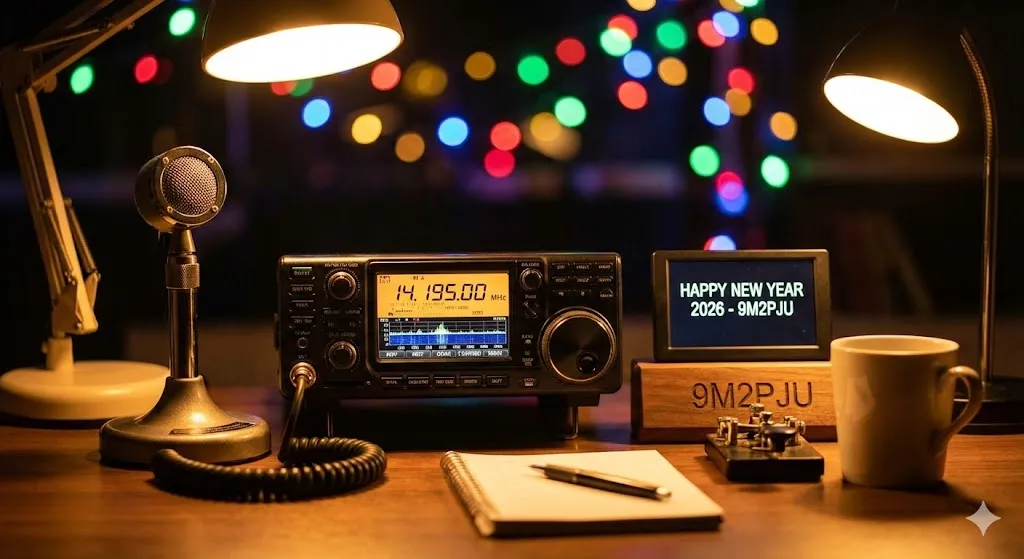Exploring the Best and Practical Amateur Radio Antennas for High-Frequency Operations
Introduction:
Amateur radio operators often seek efficient and reliable antennas for high-frequency (HF) operations. The selection of an appropriate antenna is crucial as it directly impacts signal transmission and reception capabilities. In this article, we will explore a list of the best and practical amateur radio antennas suitable for HF operations, considering their performance, versatility, and ease of installation.
1. Dipole Antenna:
The dipole antenna is a popular choice for HF operations due to its simplicity and effectiveness. It consists of a wire cut to half the wavelength of the desired frequency, with each end connected to the radio’s antenna terminals. Dipole antennas are easy to construct and can be installed horizontally between two supports or in a vertical configuration. They offer good omnidirectional coverage and excellent performance across a wide frequency range.
2. Vertical Antenna:
Vertical antennas are another commonly used option for HF operations. They typically consist of a vertical radiator mounted above a ground plane or radial system. Vertical antennas offer a low take-off angle, making them suitable for long-distance communications. They are relatively easy to install and require less physical space compared to some other antenna types. Vertical antennas with adjustable lengths can be tuned for specific frequency ranges, enhancing their versatility.
3. Yagi-Uda Antenna:
Yagi-Uda antennas, commonly referred to as Yagis, are directional antennas that offer high gain and excellent directivity. They consist of a driven element, one or more reflectors, and multiple directors. Yagis are particularly useful for HF long-distance communications when aiming to establish a connection with a specific station. While they require more complex construction and precise tuning, Yagis provide superior performance in terms of signal strength and front-to-back ratio.
4. Loop Antenna:
Loop antennas, including magnetic loops and small transmitting loops (STLs), offer several advantages for HF operations. They are compact, portable, and provide good signal capture and rejection of unwanted noise. Loop antennas work by creating a magnetic field, which enables efficient signal reception and transmission. Magnetic loop antennas are often used for receiving, while STLs can handle transmitting duties at low power levels.
5. Off-Center Fed Dipole (OCFD) Antenna:
The Off-Center Fed Dipole (OCFD) antenna combines the benefits of a dipole and a long wire antenna. It is a versatile option for HF operations, with its feed point located off-center, typically around one-third of the total wire length. OCFD antennas offer excellent bandwidth and can operate efficiently across multiple HF bands. They are relatively easy to install and provide good omnidirectional coverage.
6. Wire Beam Antenna:
Wire beam antennas are an excellent choice for HF operations when space is limited. They consist of multiple wire elements arranged in a specific configuration to achieve directional gain. Wire beams require careful construction and precise tuning, but they offer significant performance improvements over simpler antennas. Wire beam antennas can be designed as single-band or multi-band systems, providing flexibility for different frequency ranges.
7. End-Fed Antenna:
The end-fed antenna is a versatile and practical option for HF operations, especially when space constraints exist. It consists of a single wire that is fed at one end, and the other end is typically connected to a counterpoise or ground system. End-fed antennas offer easy installation, portability, and can be used in various configurations, such as vertical, sloper, or inverted L. They provide good performance across multiple bands with the help of an impedance matching transformer.
Conclusion:
Selecting the right antenna is crucial for achieving optimal performance in HF operations. The dipole antenna, vertical antenna, Yagi-Uda antenna, loop antenna, Off-Center Fed Dipole (OCFD) antenna, wire beam antenna, and end-fed antenna are among the best and practical options available. Each antenna type has its unique advantages and considerations, including performance, directivity, ease of installation, and space requirements. By understanding the characteristics of these antennas, amateur radio operators can choose the most suitable option for their specific HF communication needs, ensuring reliable and efficient operation.







Post Comment